A deadly fungus that ‘eats you from the inside out’ is on the rise, which could affect millions.
Scientists are warning a lethal fungus that is capable of rotting tissue from inside the human body is spreading at alarming rates across the US and the world – and could spread even more due to climate change in the coming years.
Being airborne, the aspergillus group of fungi is almost impossible to dodge and its spores are so minuscule that people can inhale them without realizing.
The fungal mold thrives in warm and damp climates, affecting animals, livestock, plants and humans that come into contact with it.

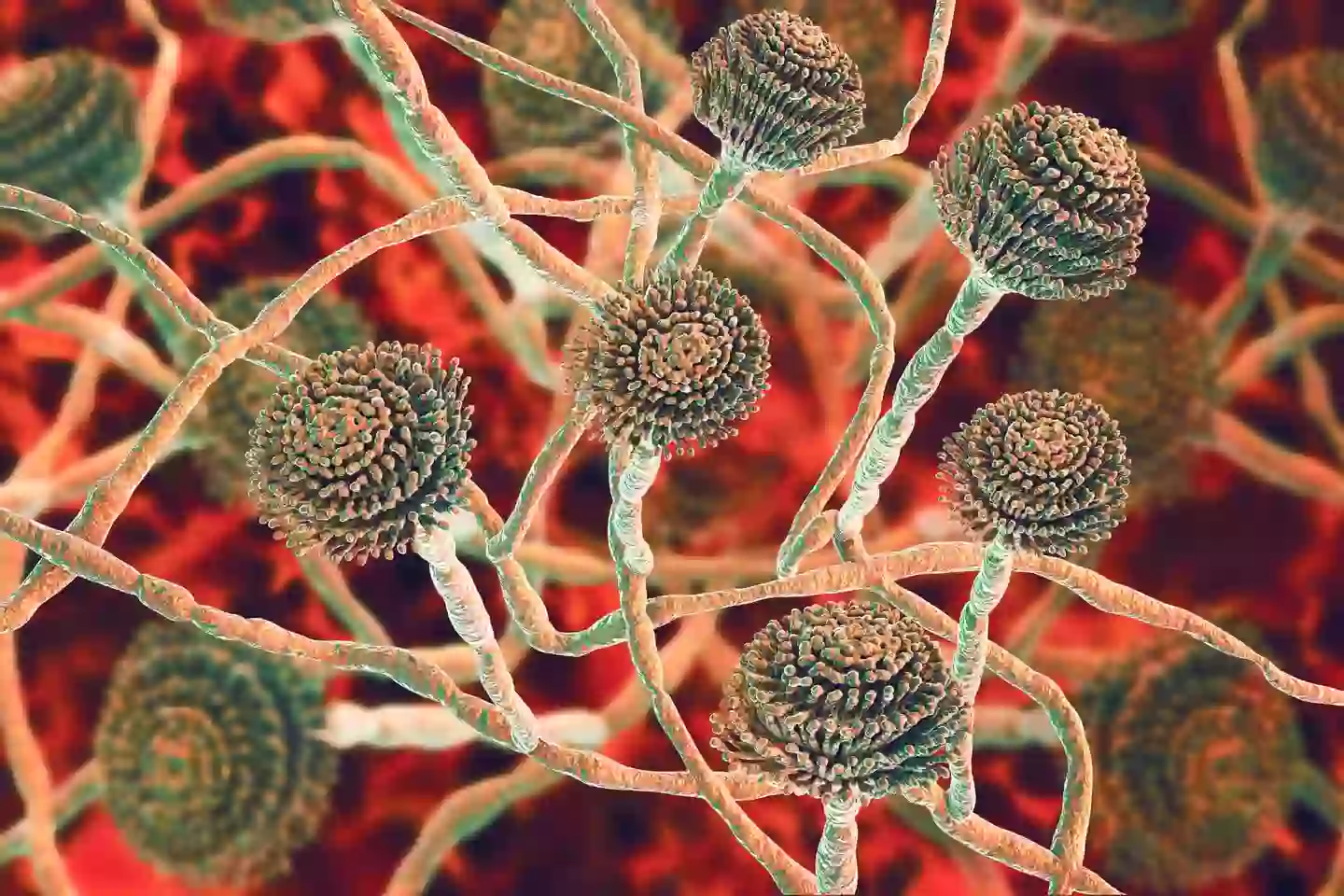
Aspergillus fungi can also grow in household dust, soil and stale food (Getty Images)
Inhaling the life-threatening toxic spores can cause serious infections, particularly affecting the lungs in a condition called aspergillosis, which for vulnerable people can cause organ failure and fatalities.
A team of scientists from the University of Manchester have released a new paper on the matter, warning that climate change is threatening to increase the risk of infection and push into new parts of North America, Europe, China and Russia in the next 15 years.
An infectious diseases study in The Lancet published last year reveals fungal infections already kill around 2.5 million people every year, but a lack of data keeping means the figure could be even higher.
Co-author of the new study, Norman van Rijn, added that fungi are ‘relatively under-researched compared to viruses and parasites’, and is difficult to diagnose, yet the research by the university team found ‘fungal pathogens will likely impact most areas of the world in the future’.


People with weakened immune systems or existing lung problems are at greater risk (Getty Images)
People with compromised immune systems, like patients with cancer, asthma, HIV, cystic fibrosis and COPD, as well as organ transplant patients, are especially at risk of health complications from breathing in fungal spores.
In such cases, the professor at the University of Manchester’s School of Biological Sciences said the fungus ‘starts to grow and basically kind of eat you from the inside out, saying it really bluntly,’ reports CNN.
The deadly fungus has also already been found across several states in the US, such as Florida, Georgia, Louisiana and Texas, the Daily Mail adds.
California is said to be experiencing the highest exposure due to its humid climate and farming activity.
Meanwhile, major cities like New York and Los Angeles are at risk due to its dense populations and aging infrastructure.
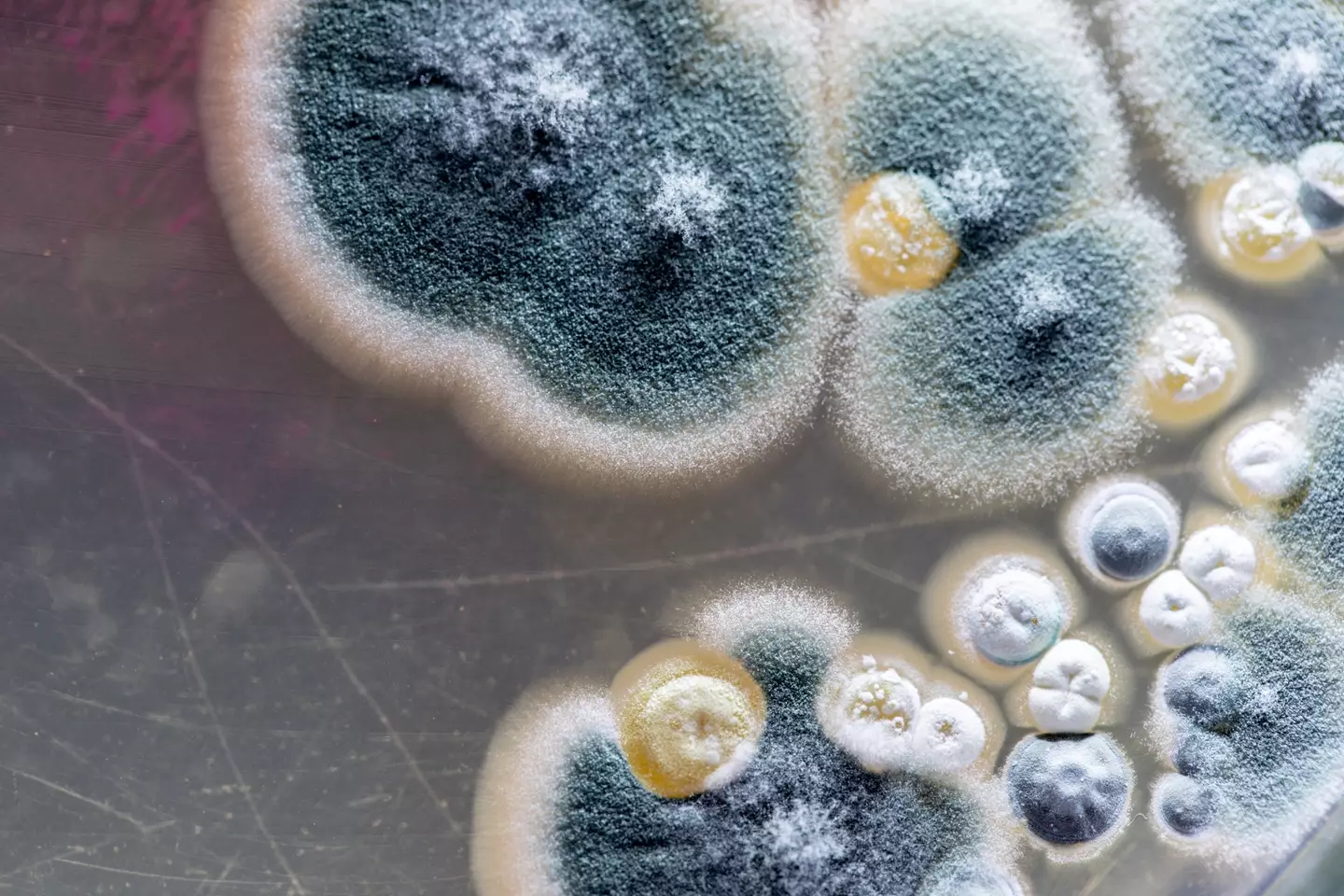

It’s best to avoid moldy environments (Getty Images)
The pathogens of Aspergillus flavus could increase by as much as 16 percent, spreading across the US, Europe and beyond, the researchers added, putting one million more people at risk.
And Aspergillus fumigatus could increase by an eye-watering 77.5 percent, exposing nine million people in Europe.
Medics warn people with weakened immune systems should avoid soil, gardening and moldy environments – and to wear masks where possible in dusty areas where fungi could grow.
Professor van Rhijn explained further to the Financial Times: “We’re talking about hundreds of thousands of lives, and continental shifts in species distributions.
“In 50 years, where things grow and what you get infected by is going to be completely different.”
Fungi are ‘incredibly adaptable organisms,’ the researchers note, which allows them to colonize new areas and withstand environment changes – even showing signs of resisting antifungal measures.
Rhijn added: “Changes in environmental factors, such as humidity and extreme weather events, will change habitats and drive fungal adaptation and spread.
“Raising awareness and developing effective interventions for fungal pathogens will be essential to mitigate the consequences of this.”
Featured Image Credit: Getty Images/BSIP
Topics: Climate Change, Health, Science, US News, World News


For over 50 years the ‘Gates of Hell’ have been on fire and now an important update has been given by government officials.
If you didn’t know about this gaping hole in the ground that has been burning constantly for decades, you do now.
While it might seem like some supernatural happening, it all comes down to the natural gasses underneath the ground, and a costly mistake by a company.
After setting a pit on fire, the ‘Gates of Hell’ became the popular name of a 69 metre (226ft) wide and 30 metre (98ft) deep crater in Turkmenistan.
Although the name makes it sound scary, it’s actually burning natural gas on a site which was identified by the Soviet Union as a potential oil field in 1971.
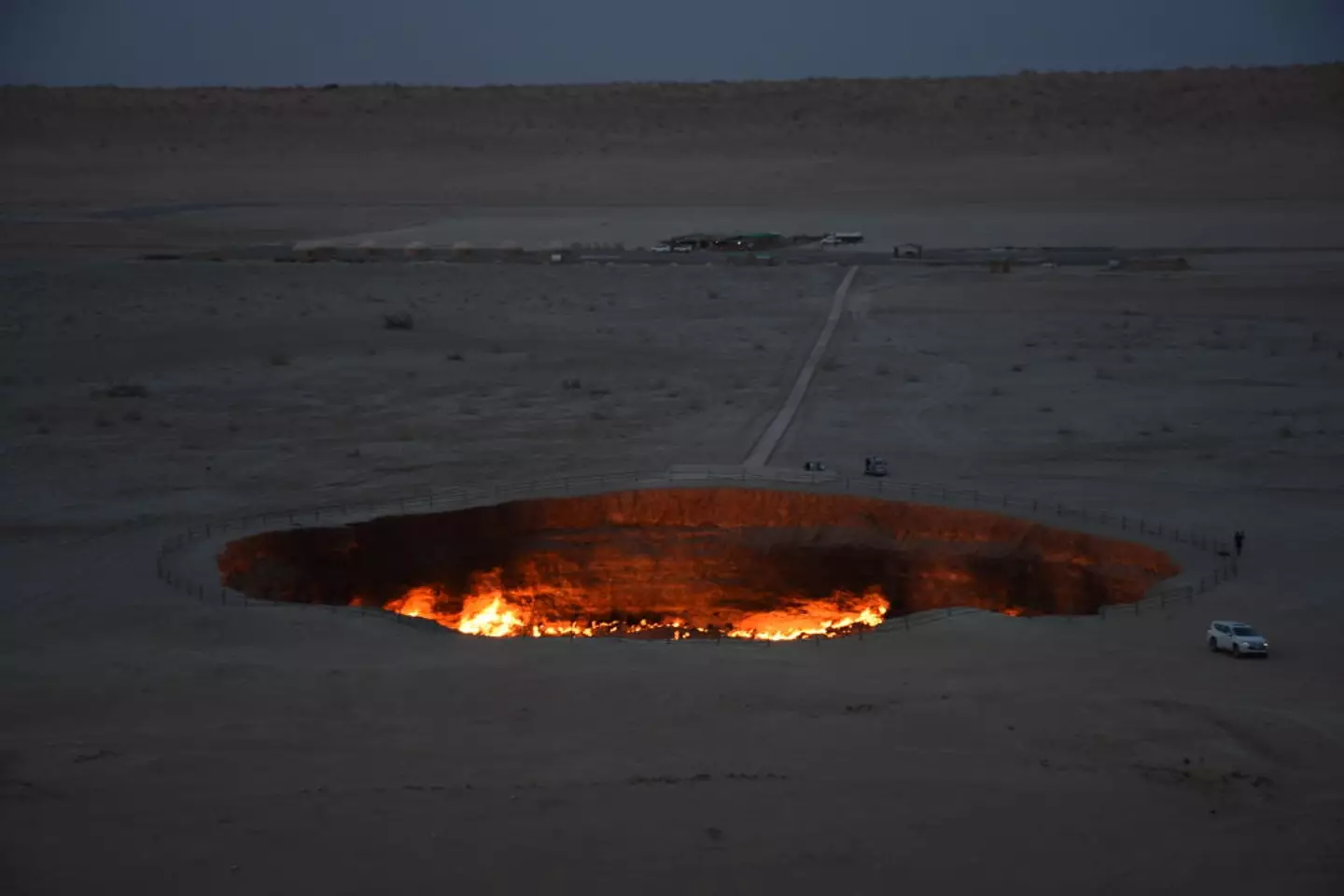

The Gates of Hell opened in the 70s (Anadolu / Contributor / Getty)
Early surveys of the site found that rather instead of oil, there was a large pocket of natural gas beneath right beneath the area they were currently drilling on, which then collapsed and released potentially dangerous gases into the surrounding area.
That’s when a group of Soviet engineers (Turkmenistan was part of the Soviet Union at the time) came up a solution, which in hindsight, should have been avoided.
They lit it on fire to stop the gases from spreading.
While they thought it would only burn for a couple of days before the gas was burnt up, it has been steadily blazing on for over five decades.
Because it actually looks like it could be the gates of Hell, it soon became a popular tourist spot.
However, it could be gone soon as the Turkmenistan’s government has been successfully attempting to close the ‘Gates of Hell’ and extinguish the fire due to the enormous environmental damage it was causing.
According to scientists, the flames are now dimming because of the reduced flow of natural flammable gas.
Officials say that the flames are now three times smaller than they were in the past, and while the flames used to be seen miles away, now you have to go closer to the pit to be able to see them.
Irina Luryeva, a director at the energy company Turkmengaz told a fossil fuel conference: “Before a huge glow from the blaze was visible from several kilometres away, hence the name ‘Gateway to Hell.’
“Today only a faint source of combustion remains.”
Turkmenistan’s tourists travel to the site to camp by the burning methane, and they’ll soon have to look elsewhere to find their next warm spot.
The country’s leader, Gurbanguly Berdymukhamedov began this journey to reducing the flames in 2022 when he announced that he wanted to be remembered as the leader who closed the gates to hell.
Speaking at the time, Berdymukhamedov said: “We are losing valuable natural resources for which we could get significant profits and use them for improving the well-being of our people.”
But while the fires at the Gateway to Hell are dwindling, the pit continues to leak vast quantities of gas into the atmosphere, causing environmental concerns over the country’s carbon emissions.
Featured Image Credit: Getty Stock Images
Topics: Climate Change, Science, Weird, World News, Environment


Millions of people could have a deadly disease without even realising it, according to a recent study.
New research has revealed that over 15 million people from across the US, UK, Germany and France have a condition that they’re completely unaware of.
The study, which was published in The Lancet Regional Health Europe, found that around 20 million people are suffering, with only 2.5 million having a diagnosis of the disease, while around three-quarters of those with the illness have no idea.
The health condition can progress through four stages, with most people only developing the first stage, often without being aware of it.
However, in some cases, it can develop and eventually lead to liver damage if not treated.
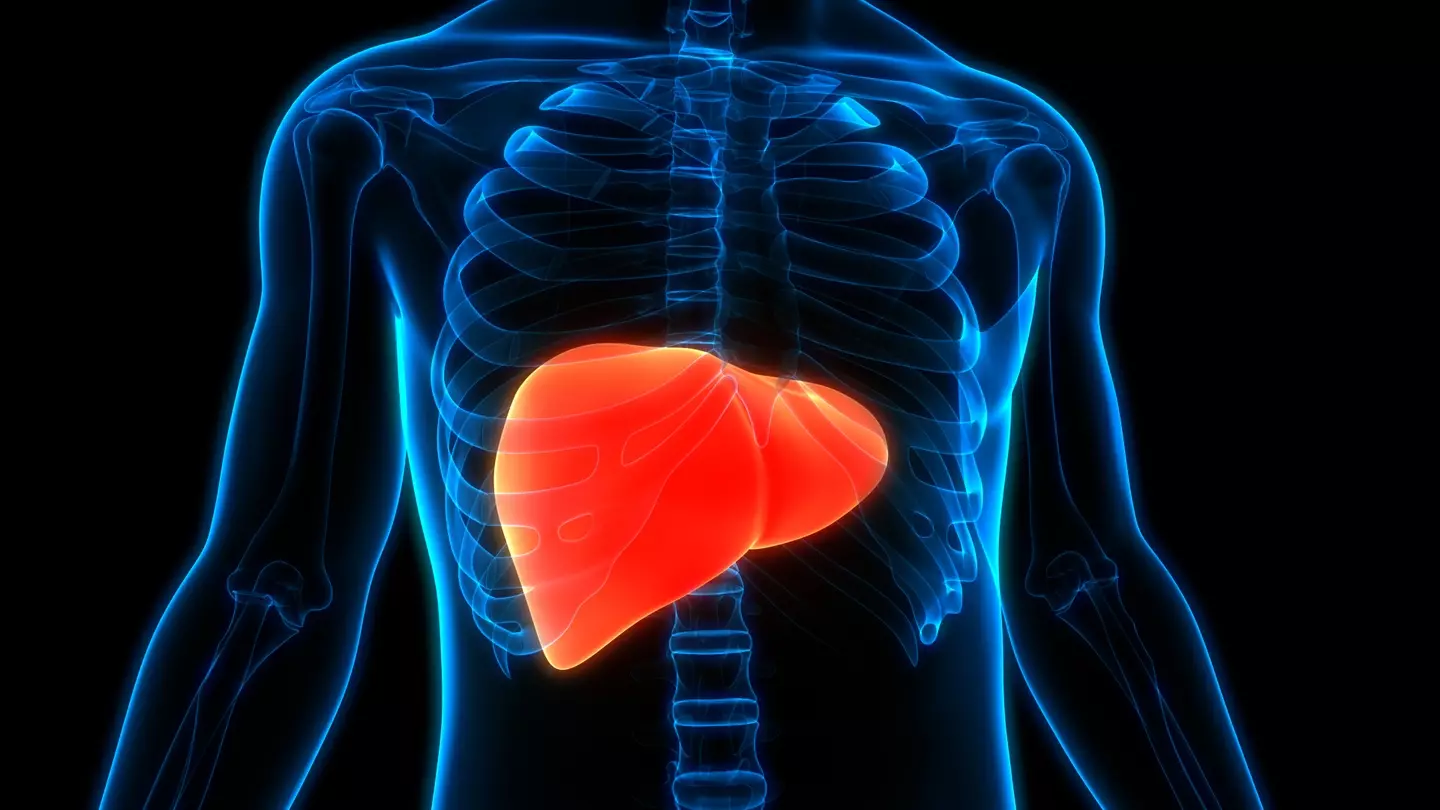

15 million people could be unaware that they have fatty liver disease (Getty Stock Photo)
Non-alcoholic fatty liver disease (NAFLD) – also known as metabolic dysfunction-associated steatotic liver disease (MASLD) – occurs in those whose liver contains over five per cent fat and who consume little to no alcohol, with excessive alcohol consumption being referred to as an alcohol-related fatty liver disease.
The first and less severe stage is known as ‘simple fatty liver’ and is a build-up of fat in the liver cells (via Healthline).
Meanwhile, ‘metabolic dysfunction-associated steatohepatitis (MASH)’ is a more serious form of the disease in which the liver is inflamed as a result of fat build-up.
Without treatment, the third stage – fibrosis – can occur, causing scar tissue around the liver. The most severe stage is cirrhosis, in which the liver tissue is gradually replaced with scar tissue, according to the Cleveland Clinic. This can lead to permanent liver failure and, in some cases, liver cancer.
The study has called for an increase in diagnosis rates, as Dr Jeffrey Lazarus, the lead author of the paper, said: “Undiagnosed MASH costs economies billions of pounds in lost productivity and poor health. Unless diagnosis rates are doubled, alongside similar increases in treatment and care, direct health costs alone are predicted to triple over the next 20 years.”


An ultrasound scan can help diagnose fatty liver disease (Getty Stock Photo)
Meanwhile, Emmanouil Tsochatzis, a professor of hepatology at University College London, added: “More than 15 million people across the US and Europe have the deadliest form of fatty liver disease – and don’t know it. Without faster diagnosis and access to treatment, the human and economic toll will skyrocket.”
According to the NHS, you’re at an increased risk of NAFLD if you:
- are obese or overweight
- have type 2 diabetes
- have a condition that impacts how your body uses insulin, such as polycystic ovary syndrome
- have an underactive thyroid
- have high blood pressure
- have high cholesterol
- have metabolic syndrome
- are over 50
- smoke
A blood test showing high levels of liver enzymes is often the first step to confirming a diagnosis.
Doctors may then order an ultrasound or CT scan, a biopsy or a FibroScan, which is a specialized ultrasound.
Featured Image Credit: Getty Images/Fabio Camandona


An apple a day keeps the doctor away, as the old saying goes.
Turns out, this phrase could ring more true now than when we first heard it as kindergarteners.
In our modern lives, we’re seemingly more concerned than ever about our health, with weight loss jabs on the rise and extreme diets still apparently ‘in’.
But what if the key to a long, healthy life was far more simple than all that?
A new study suggests that skipping certain plant-based foods could quietly raise your risk of heart disease and type 2 diabetes.
Heart disease has been the US‘ leading cause of death for the past 100 years, while millions of people are unaware that they are at a higher risk of a heart attack or stroke. Meanwhile, around 36 million Americans are thought to have type 2 diabetes.
The study looked at diet records from over 200,000 adults in the US, mostly women who were nurses or health professionals.


Around one in 10 Americans have type 2 diabetes (Stafanamer/Getty Images)
It tracked them for up to 36 years to see who developed heart disease or diabetes.
Those whose diets were higher in phytosterol – a natural substance similar to cholesterol – were at lower risk of developing heart disease and diabetes.
Phytosterol is found in many plant-based foods, including vegetables, fruits, nuts and whole grains.
Of all the participants, 20,000 went on to develop type 2 diabetes and almost 16,000 developed heart disease.
People who ate the most phytosterols – by having around four to five servings of vegetables, two to three servings of fruit, two servings of whole grains, and a small portion of nuts each day – had better outcomes than those who ate the least.
Comparing the two groups, those whose diets were richer in phytosterols were nine percent less likely to develop heart disease and eight percent less likely to develop type 2 diabetes.


This is your sign to start incorportating more plant-based foods in your diet… (Istetiana/Getty Images)
Participants also had signs of better blood sugar control, less inflammation and healthier gut bacteria.
“Our findings support the dietary recommendation of adhering to healthy plant-based dietary patterns that are rich in vegetables, fruits, nuts and whole grains,” said Fenglei Wang, PhD, research associate at the Harvard T.H. Chan School of Public Health. “These findings can help people make informed dietary choices.”
The new study is among the first to show the benefits of phytosterols as part of a normal diet, as opposed to supplements.
However, it didn’t prove cause and effect – it just found strong links. More research is needed, but the results support advice doctors already give: eat more plants for better health.
The researchers presented their findings at the ‘NUTRITION 2025’ exhibition though noted that they ‘should be considered preliminary until a peer-reviewed publication is available’.
Which foods contain phytosterols?


Olive oil is a source of phytosterols (SimpleImages/Getty Images)
Many plant foods contain a ‘considerable’ amounts of phytosterols, according to Healthline.
These include nuts – like pistachios, almonds, cashews, peanuts and hazelnuts – as well as seeds, such as pumpkin seeds, sunflower seeds and watermelon seeds.
Fruit rich in phytosterols include pineapples, oranges, berries, bananas, apples and apricots.
While you’re at it, you can add artichokes, broccoli, green beans, cabbage, asparagus, sweet potatoes, celery and cauliflower to your grocery list, too.
Legumes – like chickpeas, lentils, mung beans, adzuki beans and soybeans – and oils, including, olive oil, argan oil, sunflower oil and canola oil, all contain considerable levels of phytosterols, too.
Featured Image Credit: Kinga Krzeminska/Getty Images
Topics: Health, Science, Food and Drink
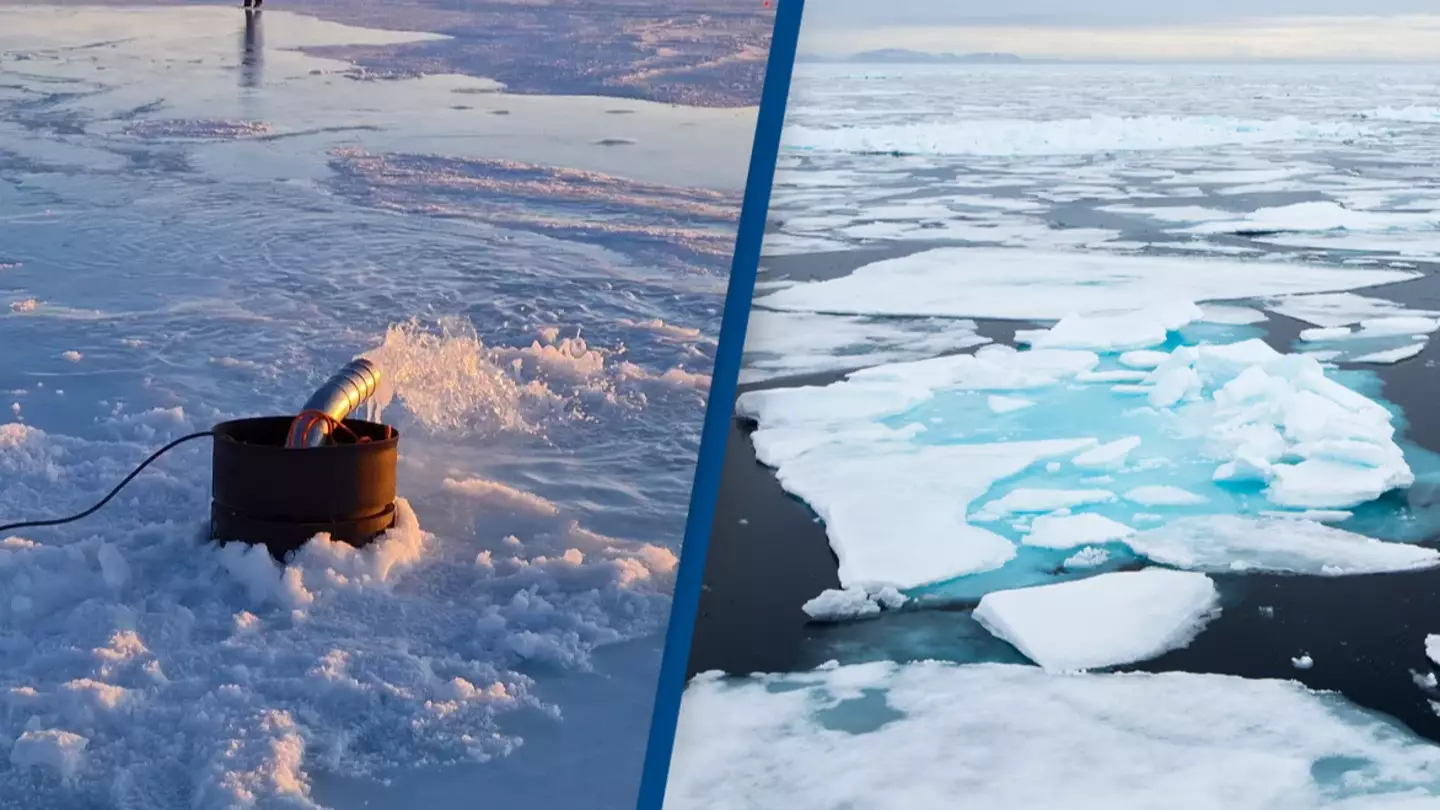

After warnings that the Arctic could be ice by the early 2030s, scientists hatched a plan to refreeze it.
Over recent decades, the Arctic has warmed as a result of climate change and it’s had devastating affects on the area – and the rest of the world.
From more draughts and more severe storms, to rising sea levels and an increase in some diseases such as malaria, global warming is wreaking havoc on our planet.
The Arctic is one of the worst hit areas, with its ice shrinking by 12.2 percent per decade, NASA reports.
With this stark figure in mind, scientists thought up a way to try restore Arctic sea ice.


The Arctic loses over 12 per cent of its ice each decade (Sebnem Coskun/Anadolu via Getty Images)
As to how they’ve been doing this, UK start-up Real Ice has been drilling holes through the sea ice to pump out the seawater below and freeze it on the surface, CNN explained.
The group started tests in Cambridge Bay in Canada in January this year and following tests conducted last month, it’s been found that four inches of ice has been formed so far.
It’s still ‘early days’ though, says Shaun Fitzgerald, director of the Centre for Climate Repair at the University of Cambridge.
“I am optimistic, but we need more experiments and more data,” he added.
As per Real Ice’s website, the water that’s being pumped onto the ice is ‘delivered by an underwater drone with a hydrogen fuel cell energy system’.
These drones then melt holes in the ice from below using heated drills.
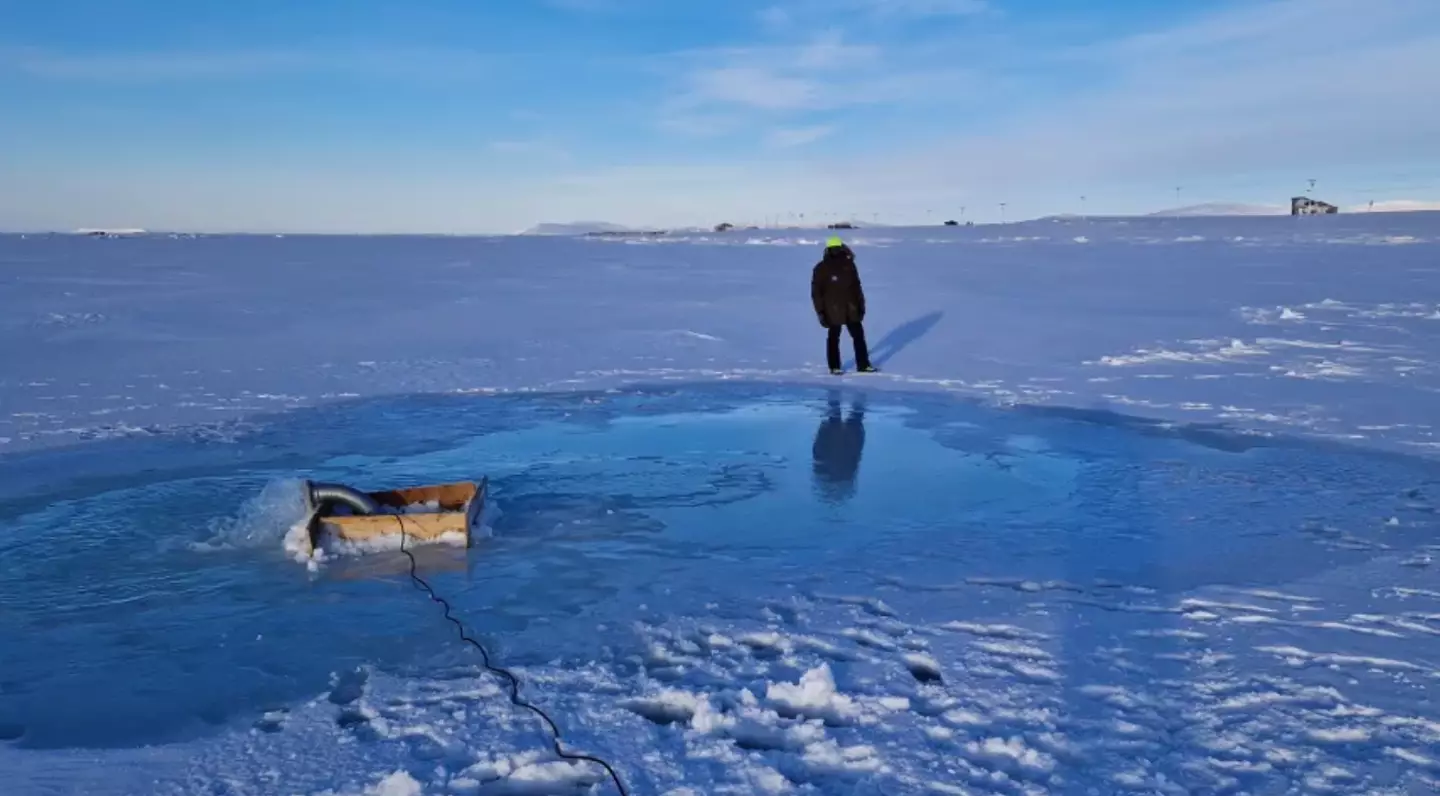

Real Ice has been drilling into the Arctic floor to get seawater to come to the surface (Real Ice)
The drones would be deployed carefully to avoid animal migration paths and ship lanes, noted Andrea Ceccolini, co-CEO of Real Ice.
While there’s been some positive outcomes so far, other experts have expressed concerns about the plans.
Liz Bagshaw, associate professor in polar environmental change at the University of Bristol, labeled the plan as ‘extremely questionable’.
“Such interventions are morally dubious at best, and at worst, ethically irresponsible,” she added to CNN.
Jennifer Francis, a senior scientist at Woodwell Climate Research Center, also said that she has ‘serious doubts’ about it all and if it will make a real impact on ice levels in the Arctic.


There are fears that the Arctic will lose most of its ice by the early 2030s (Sebnem Coskun/Anadolu via Getty Images)
It’s also feared that it will have ‘grave unforeseen consequences’ – one being changes to marine environment.
A 2024 report titled ‘Safeguarding the polar regions from dangerous geoengineering’ argued that this could ’cause severe environmental damage’.
In regards to how damage caused by climate change can be avoided, the study says this will be ‘best achieved by mitigating the cause of climate harm through immediate, rapid and deep decarbonization, rather than attempting interventions in fragile polar ecosystems’.




